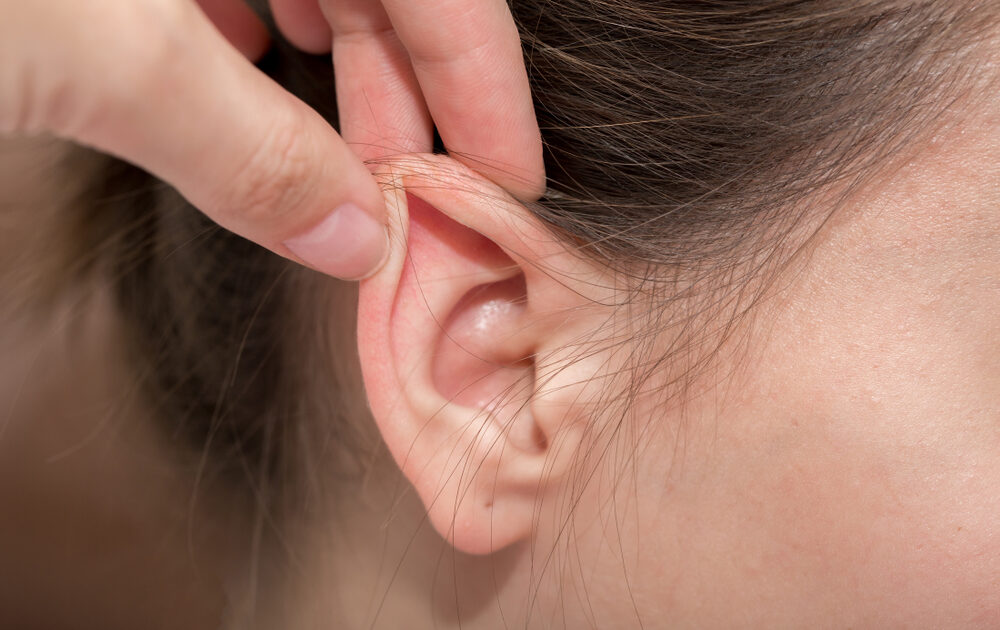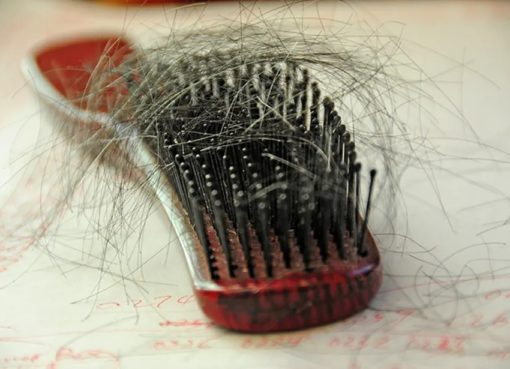Some abnormalities will naturally disappear without treatment. A youngster should wait to get an otoplasty until they are between the ages of 5 and 6 when 90% of their ear development is finished. The earliest acceptable age is at this point. After this age, a person can receive therapy at any time. If the kid gets treatment during the first two to three weeks of life, a nonsurgical method called ear molding or splinting might be helpful. Otoplasty can alter an individual’s ear shape, enhancing their quality of life. You should weigh the advantages and risks with your cosmetic plastic surgeon Pasadena before deciding to have surgery.
What occurs during the otoplasty procedure
Otoplasty is commonly performed as an outpatient operation. It might take anywhere between one and three hours, depending on the process’s complexity. Adults and older kids may be given local anesthesia and a sedative during the surgery. General anesthesia may be utilized in some instances. For younger kids having otoplasty, general anesthesia is typically advised. The surgical technique employed will be determined by the type of otoplasty you are undergoing. In general, otoplasty entails the following:
- Make an incision on your ear’s back or inside the ear folds.
- Ear tissue manipulation might include removing cartilage or skin, bending and sculpting cartilage with permanent sutures, or grafting cartilage to the ear.
- Stitching the wounds closed.
Recovery
The otoplasty patient must avoid applying too much bandage pressure to the ear during the convalescent period to prevent pain and swelling that could result in abrasion (rubbing), or even necrosis, of the ear’s skin. The otoplasty patient must wear a voluminous, non-compressive dressing on the corrected ear(s) for several days after the procedure. Following removal of the dressing, the patient must wear a loose headband while sleeping for three to six weeks. It should be comfortable but not tight to prevent dragging the corrected ear(s) forward while the patient sleeps. As a result, a tight headband might cause an open wound by irritating and eroding the ear’s side surface. If a dressing was applied using the stitch method, it is unnecessary to wear it.
Prevalent post-surgery adverse effects
During the healing process, frequent side effects include redness, tenderness, ear pain, swelling, bruising, tingling, or numbness. For about a week, your dressing will stay in place. You must wear an elastic headband for an additional 4 to 6 weeks after it is removed. This headband is suitable for use at night. You will be informed by your doctor when you may resume different activities.
Otoplasty is an ear cosmetic surgery procedure. It is utilized to change the size, shape, or placement of your ears. Otoplasty is done for a variety of reasons. These can include protruding ears, ears that are bigger or smaller than usual, or ears with an odd form. There are several forms of otoplasty. Your needs will define the type and approach used. Typically, recovery takes many weeks.
If you are thinking about otoplasty, choose a board-certified plastic surgeon in your area. Concentrate your search on physicians with several years of expertise doing otoplasty and a high satisfaction rating. Sasaki Advanced Aesthetic Medical Center to schedule your appointment today to learn more about how you can benefit from otoplasty therapy.





